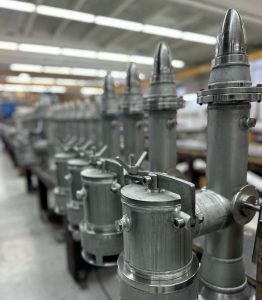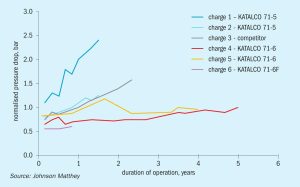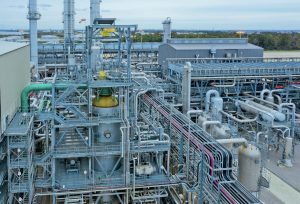
Press Release: Johnson Matthey and Bosch agree long-term collaboration on development of zero-emission hydrogen technology
6th February, 2025 Johnson Matthey (JM) – a global leader in sustainable technologies – and Bosch a leading supplier to the automotive industry – have today agreed terms to accelerate future projects together. The agreement confirms both parties’ intentions to develop and produce catalyst coated membranes (CCM) for use in fuel cell stacks. Transforming and […]






